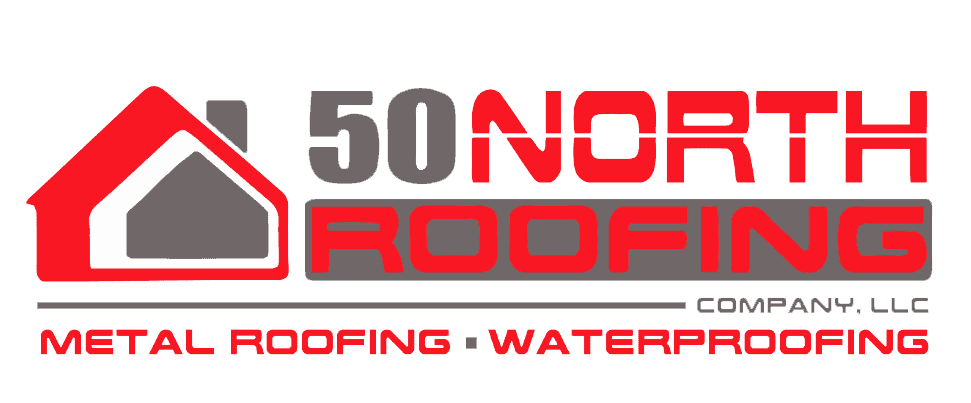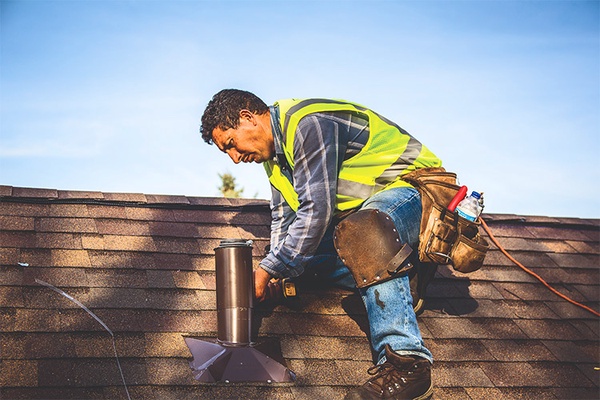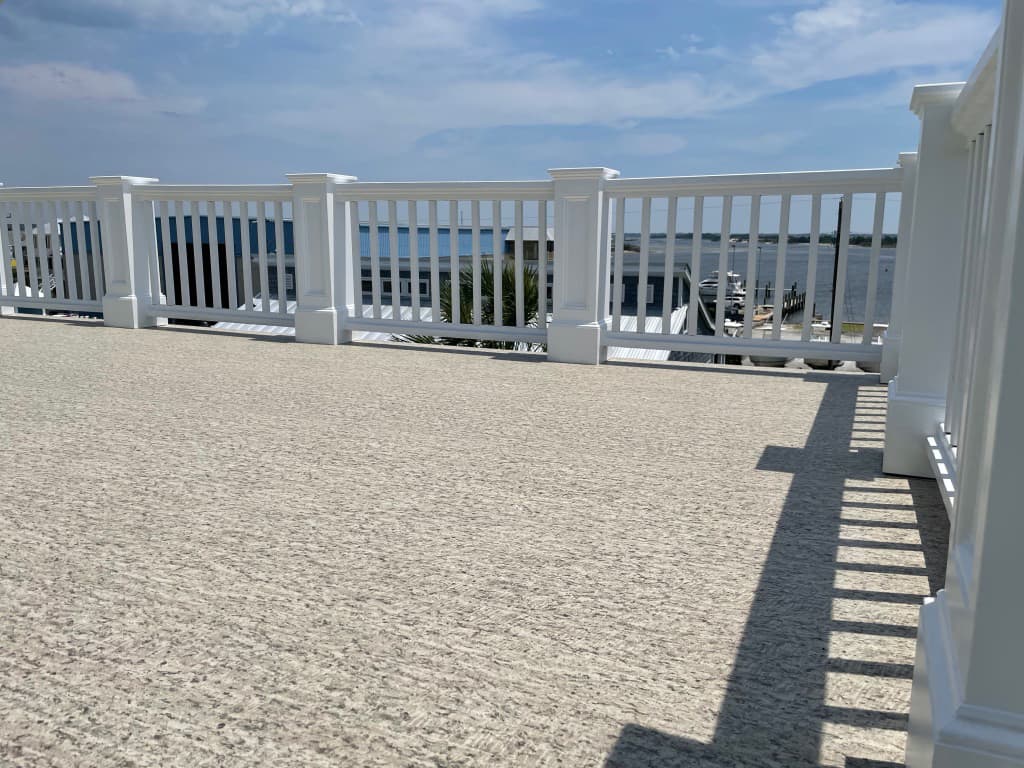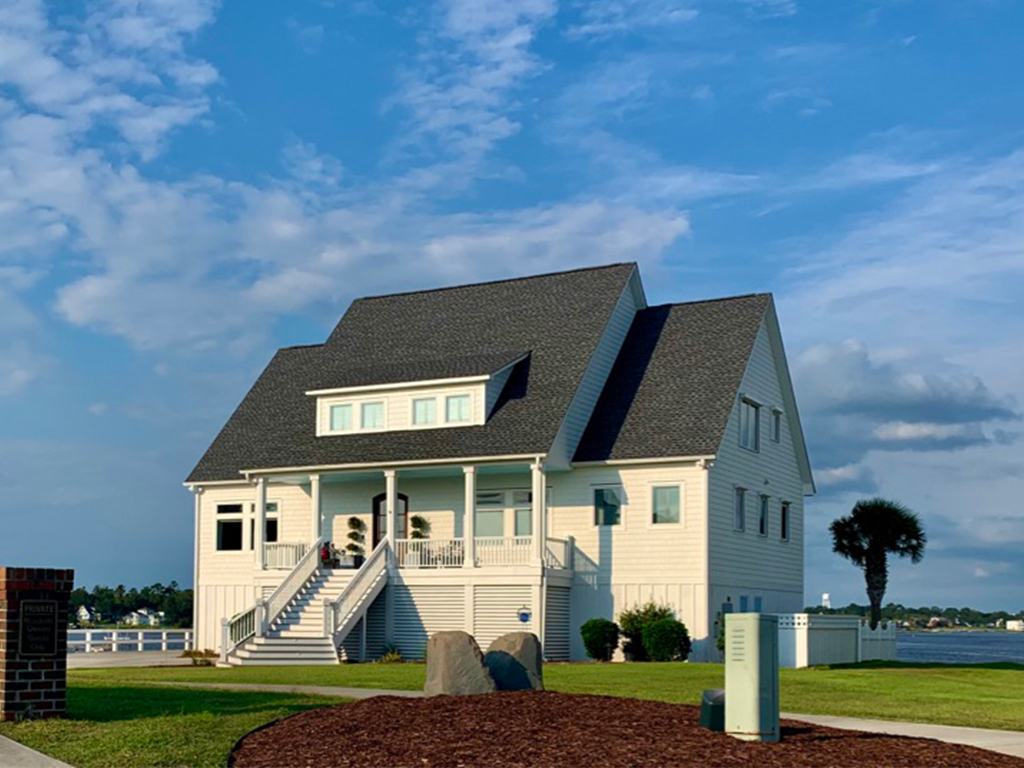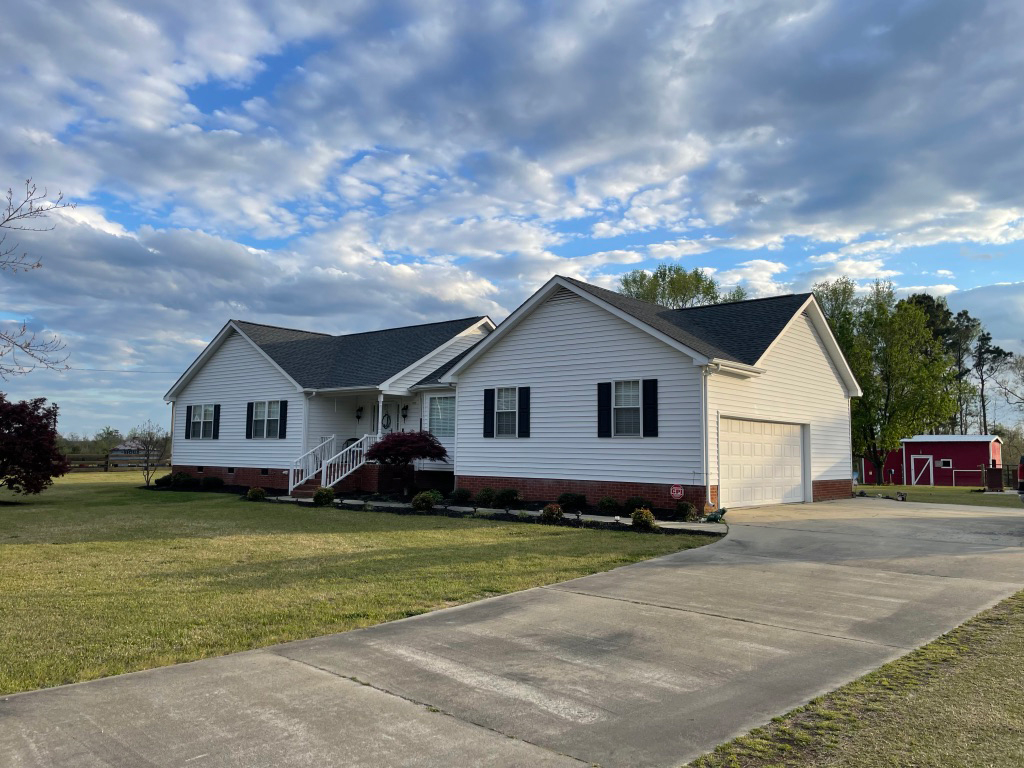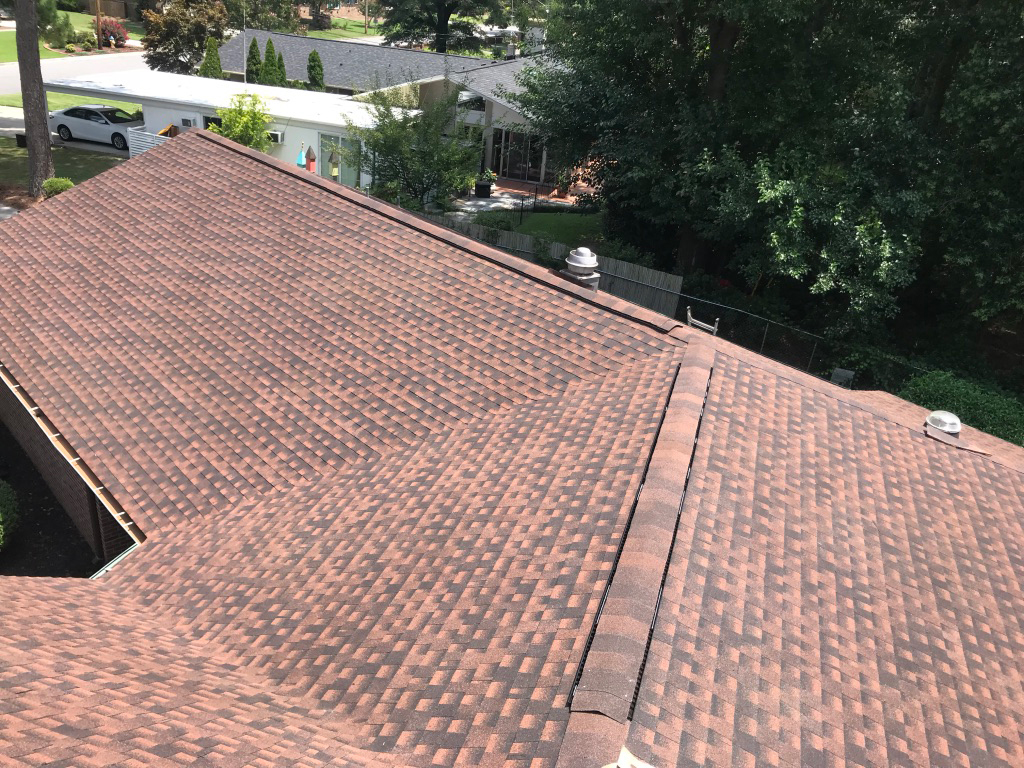Uncovering Common Issues Found During a Roof Inspection
It’s important to note that even though your roof may appear to be in good shape, there could still be underlying issues that could lead to more serious damage over time. Professional roof inspections can help identify and prevent both minor and major roofing problems, ultimately preserving the health and longevity of your roof.
The frequency of roof inspections can differ based on factors such as the age of your roof, the prevailing weather conditions, and any past problems that have been identified. It’s a good idea to schedule a professional inspection at least every two years, even if your roof is relatively new or hasn’t had any noticeable issues.
You might be curious about the specific details that your roofing contractor evaluates during these inspections.
It is advisable for them to focus on addressing some of the common roofing problems.
Pipe Boots and roof penetrations
All metal flashings
Chimney masonry
Valleys
Roof Decking
Rusted Nails & pops
Skylights
Ventilation
Eaves & Overhang
Fascia & Soffit
Gutters
Missing or damaged shingles
Algae stained shingles
Steps of a Roof Inspection
Checking Pipe Boots and Roof Penetrations
During a roof inspection, your roofing contractor will conduct a thorough examination of pipe boots and roof penetrations to identify any potential weaknesses that may compromise the integrity of your roofing system.
They will carefully inspect these areas for cracks, gaps, or signs of wear, as ensuring a secure seal is paramount in preventing leaks and water infiltration. By meticulously examining and addressing any issues found with these components, your roofing contractor can help maintain the overall structural integrity of your roof and protect it from potential damage caused by moisture intrusion.
It is important to prioritize regular inspections and maintenance in order to prolong the lifespan of your roof and safeguard it against costly repairs in the future.
Inspecting All Metal Flashings
During a thorough roof inspection, your contractor will meticulously examine the metal flashings on your roof to guarantee they are effectively redirecting water away from vulnerable areas.
This includes, counter flashing, step flashing, and drip edge for any indications of rust, deterioration, or detachment. By carefully inspecting these crucial components, your roofing contractor can pinpoint any potential issues that may compromise the overall water-shedding capability of your roof.
Ensuring that these flashings are in optimal condition is essential for maintaining the integrity and longevity of your roofing system.
Examining Chimney Masonry
When inspecting a chimney for potential water damage, contractors must diligently examine the masonry structure to ensure its integrity.
This process involves meticulously checking for any cracks or signs of deterioration that could compromise the chimney’s ability to withstand moisture over time. Additionally, assessing the quality of waterproofing around the base is crucial in preventing water infiltration into your home. By prioritizing these key areas during their inspection, roofing contractors can identify and address any issues proactively to protect your chimney from costly water damage repairs in the future.
Assessing Valleys
Valleys are essential components of a roofing system, acting as natural conduits for water runoff to safely flow off the roof and away from the structure.
However, over time valleys can become susceptible to clogging due to debris accumulation, which poses a risk of potential drainage problems. It is important that your roofing contractor conducts a thorough assessment of the valleys on your roof to identify any signs of wear and tear, damaged shingles, or buildup of debris that could obstruct proper water flow.
By addressing these issues promptly and implementing necessary repairs or maintenance measures, you can ensure optimal performance and longevity of your roofing system. Trust in the expertise of your roofing contractor to safeguard against drainage issues and maintain the integrity of your home’s roof.
Evaluating Roof Decking
The roof decking, also known as the sheathing, is a critical component of your roofing system. It serves as the foundation for your shingles and provides essential support for the overall structure of your roof.
During a professional roof inspection, your contractor will carefully examine the decking for any signs of weakness or damage that could jeopardize the integrity of your entire roof. Issues such as sagging, water damage, or deterioration can compromise the stability of your home’s top layer and lead to costly roof repairs if left unchecked. Ensuring that you have a sturdy and reliable decking in place is key to maintaining a strong and durable roofing system that will protect your property for years to come.
Identifying Rusted Nails & Pops
It’s important to be aware of any exposed and rusted nails, as well as popped shingle nails, as they can weaken your roof’s protection. When your contractor inspects for these issues, they will recommend prompt action to prevent further damage. By addressing these concerns, you can help maintain the secure attachment of your shingles.
Examining Skylights
During the inspection process, your roofing contractor will pay close attention to the seals of skylights in order to prevent potential leaks. It is crucial that these seals are thoroughly examined to ensure they are intact and properly secured.
Any signs of wear or damage could lead to water infiltration around these areas, causing costly damages and repairs down the line. By carefully inspecting and maintaining the seals of skylights, your contractor can help protect your home from unwanted moisture intrusion and preserve its structural integrity for years to come. Trusting in their expertise and attention to detail will give you peace of mind knowing that your property is in good hands.
Ensuring Proper Ventilation
Proper attic and roof ventilation are essential for maintaining the health of your roof. During an inspection, your roofing contractor will assess for any blocked vents, ensure proper airflow, and look for signs of excessive moisture in the attic. Adequate ventilation is important for extending the lifespan of your roof and preventing problems such as mold growth.
Read also: Unvented Attics and Roof Damage: What You Need to Know About Roof Ventilation
Inspecting Eaves & Overhang
The roofing contractor must conduct a thorough inspection of the eaves and overhangs to assess any signs of water damage, rot, or pest infestations. These areas are crucial components of your roof’s structure and must be maintained properly to uphold its integrity.
Due to their location on the exterior of the building, they are susceptible to exposure from harsh weather conditions and potential entry points for pests seeking shelter. Regular inspections and maintenance are essential in preventing these issues from compromising the structural stability of your roof. By addressing any issues promptly, you can ensure that your home remains protected against potential threats and extends the lifespan of your roofing system.
Checking Fascia & Soffit
Fascia and soffit play a crucial role in protecting and ventilating your roof. Your contractor will inspect these elements for any water damage, rot, or signs of pests to ensure proper airflow and the overall condition of your roof’s edges. This maintenance helps to keep your roof in good condition.
Examining Gutters
It is important to have clean and functional gutters to ensure proper water drainage. Your contractor will thoroughly inspect your gutters for any clogs, sagging, or misalignment with the roof. It is crucial to maintain your gutters to prevent water backup and potential damage to your roof and home.
Read Also: How Much Does Gutter Installation Cost In 2024? (North Carolina)
Identifying Missing or Damaged Shingles
The roofing contractor will inspect your roof for any signs of cracked, curled, torn, or missing shingles. It’s important to address damaged shingles promptly as they can leave your roof vulnerable to water damage and should be replaced as soon as possible to keep your roof protected.
Assessing Algae Stained Shingles
Algae growth on shingles is not just an eyesore, but it can also lead to damage over time. Your contractor will be able to spot discolored or streaked shingles caused by algae and offer suggestions for cleaning or preventative actions.
Ensuring your asphalt shingle roof’s health and longevity, a qualified contractor can conduct a thorough roof inspection. By understanding what your contractor assesses during this inspection, you as a homeowner can take proactive measures in maintaining your roof’s performance. Regular inspections can help you catch issues early and ensure your roof stands strong against North Carolina’s diverse weather challenges.
Also read 5 reasons to choose metal roofing over shingles
Creating a Roof Maintenance Routine
After thoroughly examining six key factors, your contractor is dedicated to maintaining your roof’s condition. By establishing a regular maintenance routine, you can prevent issues like leaks, clogged gutters, and future deterioration. Professional roofers with years of experience have developed a keen eye for spotting potential problems and addressing them before they become major concerns.
This article outlines topics best left to experts, but homeowners can and should handle certain roof maintenance tasks themselves, especially after severe weather and on a seasonal basis.
Performing tasks like clearing your gutters, trimming overhanging tree branches, and examining your attic for signs of water infiltration should be done twice a year.
Nevertheless, despite keeping up with regular maintenance, it is advisable to schedule a professional roof inspection every two years. This proactive measure enables your roofing contractor to uncover any hidden problems that may have gone unnoticed during your own maintenance checks, ultimately ensuring the long-term safety of your roof.
